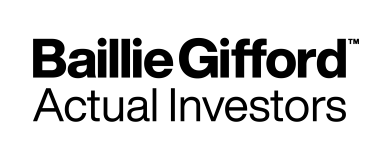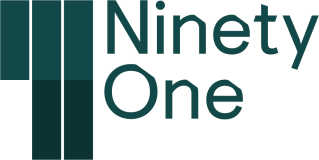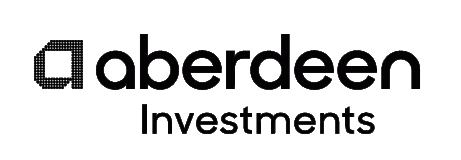Financial Services Marketing
Financial Services Marketing Strategies
Developing marketing plans for financial services necessitates considering a variety of factors, including:
- Your organization’s goals & objectives
- Target markets
- New & emerging markets
- Your organization’s strengths & weaknesses
- Resources available
However, regardless of your objectives or the financial services you provide, effective financial marketing techniques can assist you in focusing on activities so that you may better meet targets and goals.
Here are the 4 most successful marketing techniques for financial service
For many marketing methods for banks and financial institutions, these four financial services marketing tactics are a good beginning.
1. Customer Outreach
One of the most well-known and oldest marketing techniques for banks and financial institutions to use is customer engagement. Customer outreach, on the other hand, is one of the most successful. Customer outreach is simply defined as reaching out to customers to fulfill present demands for education, awareness, or assistance. Most financial advisors are paid via commission, in which they receive a fee when you invest your money. This can be reduced if the advisor is an expert and continuously feeds new material to investors. It also scales to tiny organizations like free consultations and webinars, as well as bigger ones like financial education programs or education in schools.
What is the mechanism of action? Customer outreach may seem to be a charitable use of funds, but it can help create brand recognition, customer loyalty, and interest in products and services. A well-planned financial marketing plan incorporates the services and features you're trying to sell into account, as well as other marketing initiatives. If you realize that children are returning to school, you might concentrate your customer outreach on money management tutorials for students in college, saving for education, or budgeting to save up for a car. If you're aware that many your elderly citizens reside in a certain region, consider producing free financial education programs to teach them about digital banking and online security. Through awareness and increased consumer confidence, these initiatives would help to promote savings accounts, digital solutions, and even your bank.
2. Social-Media
According to a study by the Pew Research Center, approximately 80% of Americans use social media. Many people spend up to 4-5 hours on social media every day, and for many it is the main source of information. Your intelligent and consistent use of one or more social media sites is an important financial marketing strategy that you cannot afford to overlook. Millennials, Generation Z, and even Baby Boomers use social media sites to interact with businesses, learn from others, and keep up with contemporary issues and events. Maintaining a consistent presence on one or more sites with a plan in place to provide value to visitors will assist you in developing brand trust, generating marketing possibilities, and expanding your client base.
For the sake of establishing trust, many financial and banking enterprises utilize social media to interact with customers. For instance, by demonstrating that actual individuals work in banks and in financial services, sharing client experiences and success stories, and providing customer support. Organizations can decrease costs for customer service by more than 70% by going from phone to social media, according on research. A successful social media marketing plan necessitates careful application of storytelling, content, and creative humor as well as consistency and the willingness to provide value to the client rather than the bank. It is, however, well worth the effort in terms of establishing confidence and consumer relationships in their area.
3. Self-Service and Digitization
Baby boomers and prior generations were more likely to buy items from salespeople who could advise them and set up personalized (or not) accounts for them. Millennials and Generation Z, on the other hand, are increasingly inclined to take care of everything themselves as quickly as possible with as little human contact as feasible. Setting up and marketing digitized financial products and customer service or experience portal sites that allow consumers to register for services online, change goods and services online, and view their information without going into a branch is an exciting development for finance companies. However, it isn't a marketing technique that works for every business since you may not just offer services.
4. Digital Storytelling
Storytelling, whether on social media, video, advertising, or cross-channel platforms that extend into the real world, is still one of the most effective marketing techniques. Your marketing plan should include telling a narrative that piques interest and elicits emotion in order to entice and move your audience. Here, your aim is to write content that is relatable and shareable, which can educate, delight, or assist the reader in some way – all while also managing to do so. Allstate's award-winning "Worth Telling" digital storytelling marketing campaign, for example, focuses on telling the story of 3-8 consumers who are making a difference. Allstate not only promotes their customers' activities and builds trust by sharing real people and stories, but it also enhances interest across all marketing channels, establishes customer connections, and emphasizes the goods and services covered in the videos using a human element.
Latest News
UPCOMING EVENTS
Weekly Market Updates Latest Business News Keep up to date with financial market notifications & advice to further your business opportunities





























